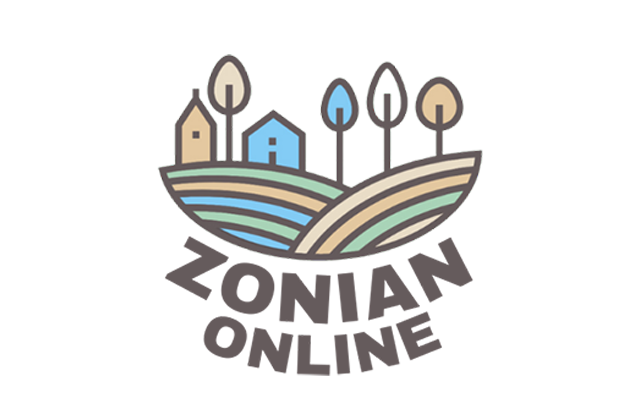St. Patrick’s Day is one of the most widely celebrated cultural and religious holidays across the globe, especially in countries with large Irish communities. Falling on March 17th, it commemorates the day of St. Patrick’s death in 461 AD. Patrick is the patron saint of Ireland and is credited with bringing Christianity to the country. Though it originated as a religious occasion, St. Patrick’s Day has evolved into a broader celebration of Irish culture, with parades, music, dancing, and plenty of green.
The festival has an interesting history.
St. Patrick, born in the 4th century, a Christian missionary, was originally from Roman Britain. He was captured by Irish raiders at the age of 16 and taken to Ireland as a slave. After six years, he escaped and returned home, but later felt called to go back to Ireland as a missionary. He spent many years there converting the Irish people to Christianity and establishing churches, schools, and monasteries. He is also famously associated with using a three-leafed clover, or shamrock, to explain the concept of the Holy Trinity to the Irish. Legend has it that he drove all the snakes out of Ireland, though this is likely a symbolic story, as there were never any snakes in Ireland after the last Ice Age.
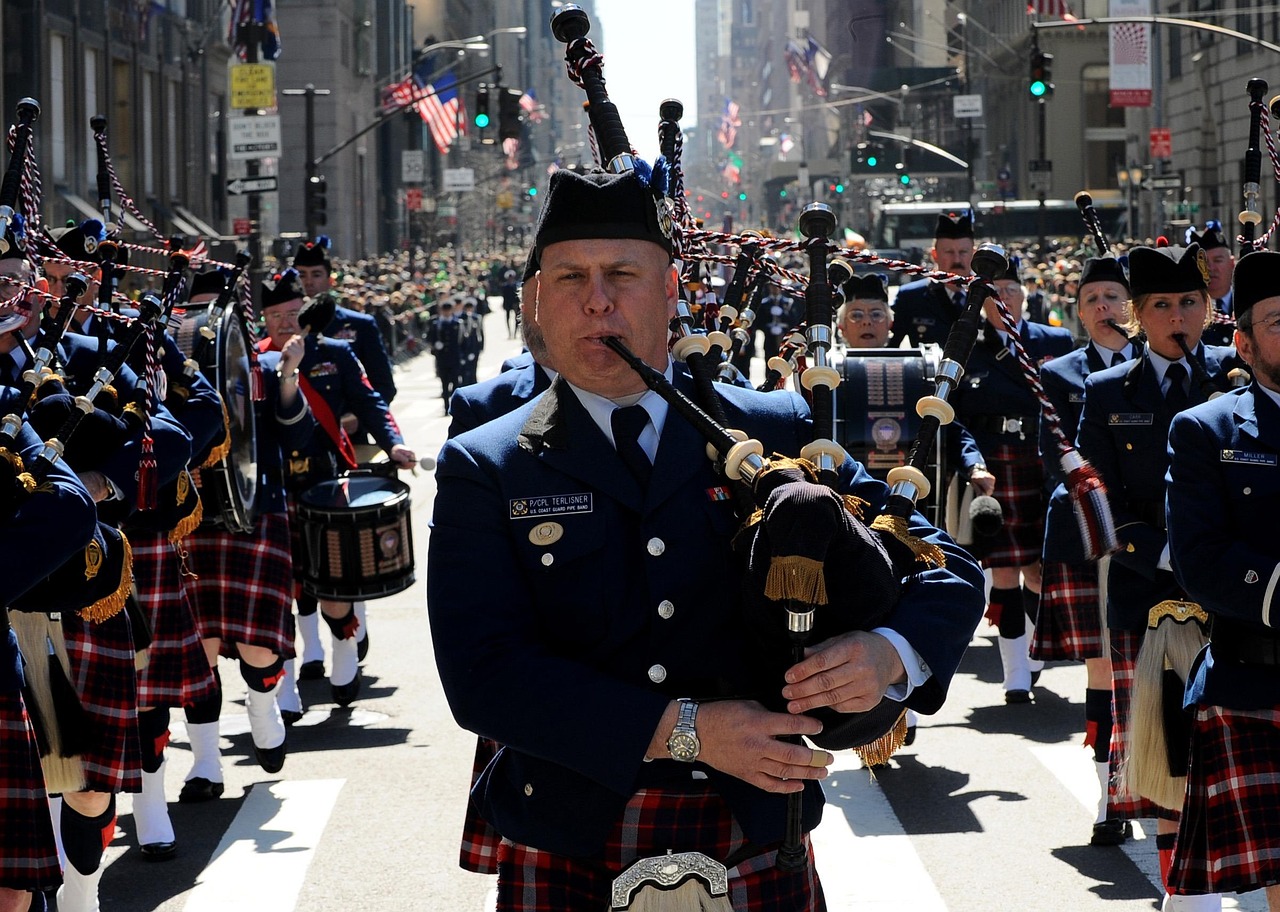
For centuries, St. Patrick’s Day was observed as a religious feast day in Ireland, but the festive, secular aspects of the holiday began to take shape over time. In the 18th and 19th centuries, Irish immigrants in the United States began to celebrate St. Patrick’s Day with parades and parties to honor their heritage and make a statement about their cultural identity in a society that often discriminated against them. In cities like New York, Boston, and Chicago, St. Patrick’s Day parades became an important expression of Irish pride. These parades were not just religious events but also opportunities for Irish-Americans to showcase their culture, music, and dance.
The first recorded St. Patrick’s Day parade took place in New York City in 1762, organized by Irish soldiers serving in the British Army. By the 19th century, the parades had become a major event, drawing thousands of spectators. As Irish immigrants grew in number, St. Patrick’s Day celebrations became an important symbol of unity and community. In fact, it is estimated that over 100 million people worldwide claim Irish ancestry, and for many, St. Patrick’s Day is an opportunity to reconnect with their roots.
Today’s trivia: What US city is reputed to have the longest St Patrick’s Day parade after the NYC parade? Answer below.
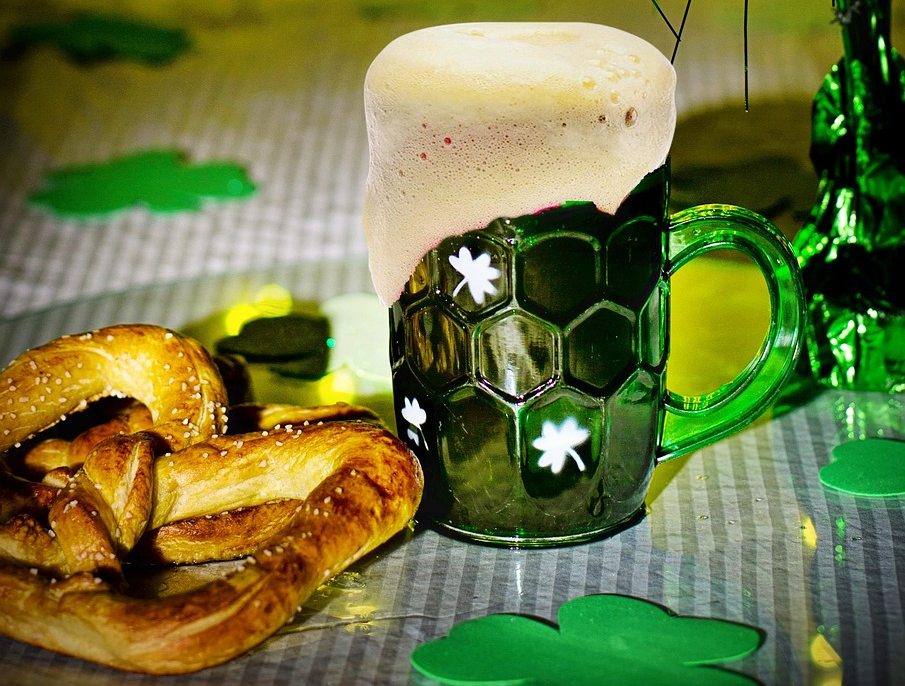
The Evolution of the Holiday
Today, St. Patrick’s Day is more than just a religious feast; it has become a global celebration of Irish culture, even for people with no direct connection to Ireland. It’s a day of green clothing, shamrocks, music, and festivities. Many people, regardless of their background, participate in the fun, donning green attire to avoid being “pinched,” and enjoying foods and drinks associated with Irish tradition.
One of the most iconic aspects of St. Patrick’s Day is the widespread consumption of Irish food and drinks. People around the world indulge in traditional Irish dishes like corned beef and cabbage, Irish soda bread, and shepherd’s pie. The holiday is also famously associated with drinking, particularly Irish whiskey, beer, and, most notably, Guinness, the world-famous stout. In some countries, people dye their drinks and even the rivers green to mark the occasion. In Chicago, for example, the Chicago River is famously dyed green every year in honor of St. Patrick’s Day.
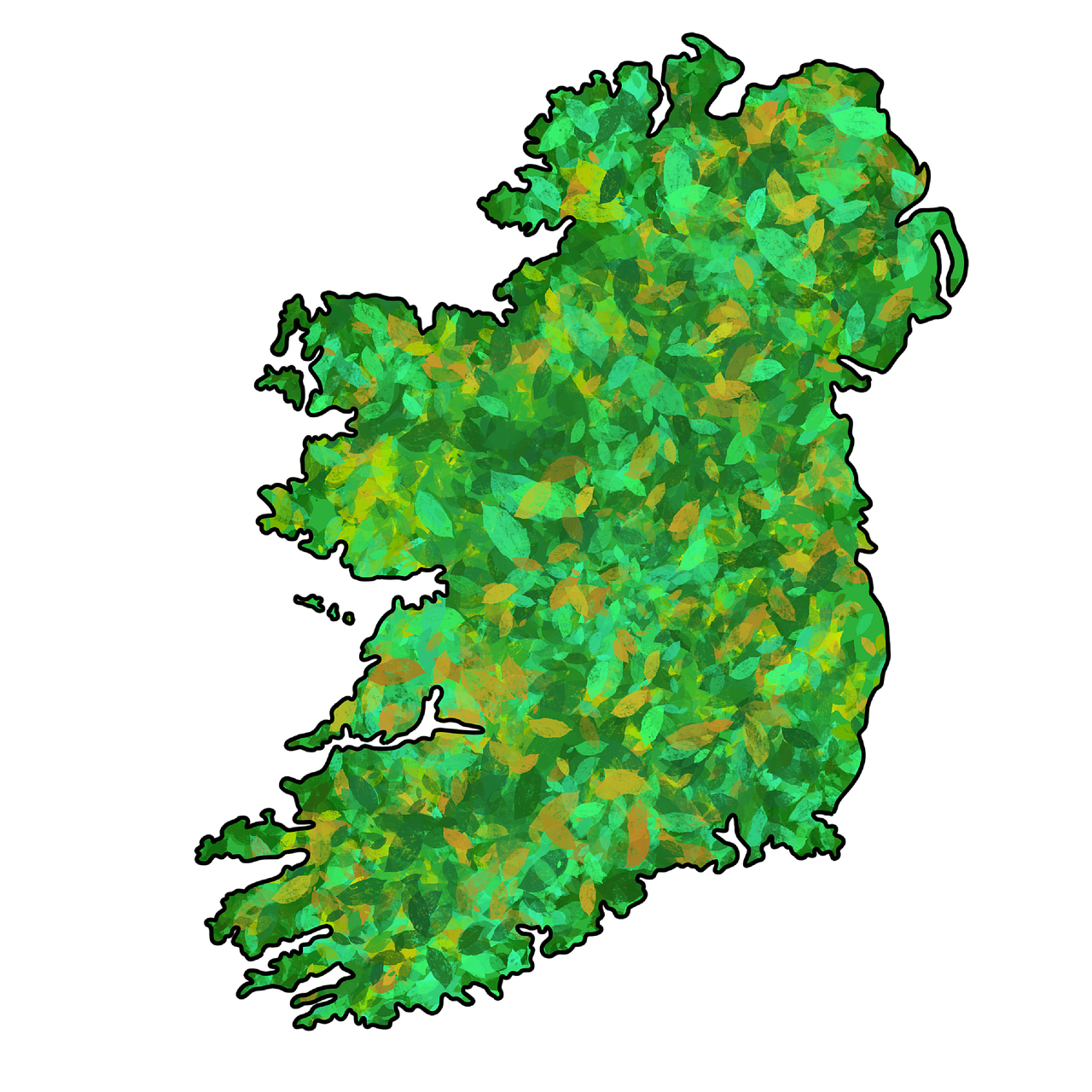
Why Green?
Green is a central theme of St. Patrick’s Day, but the reasons behind this are deeply rooted in Irish history and symbolism. Ireland is known as the “Emerald Isle” due to its lush green landscapes, which are a result of its temperate climate and abundant rainfall. The green color also symbolizes Ireland’s Catholic heritage, as well as the three-leafed shamrock that St. Patrick used to explain the Christian doctrine of the Holy Trinity.
Interestingly, blue was once the color traditionally associated with St. Patrick, and “St. Patrick’s Blue” was often used in ceremonial dress and flags. However, over time, green came to dominate as the color of the holiday, especially in Ireland and among the Irish diaspora.
Answer to trivia:
Savannah, GA. is known for the 2nd longest, but certainly not the most elaborate, St. Paddy’s Day parade. On the 17th of March, everyone in Savannah is Irish, either legit or a wannabe! All the fountains of the city run green as does the Savannah River. There is probably more green beer flowing that day than green water in either the fountains or the River! Irish food as well abounds. SLÁINTE!!
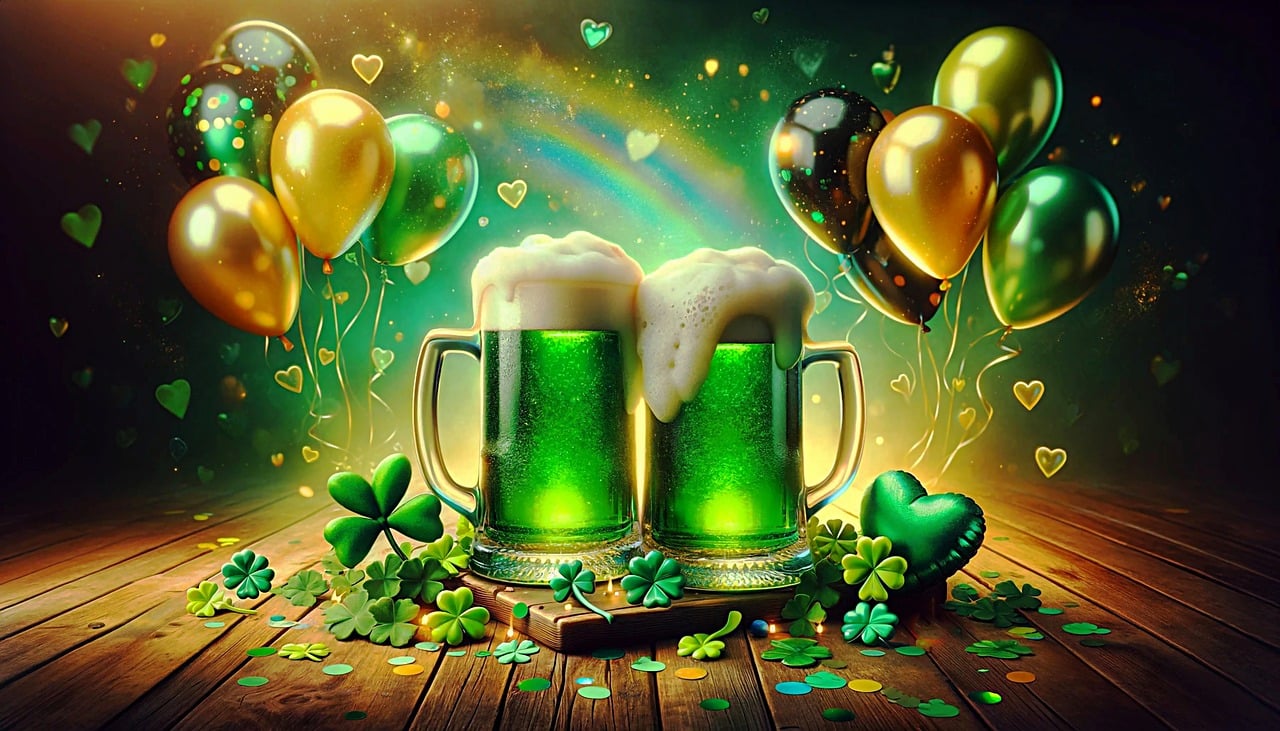
Conclusion
From its humble religious origins to the global phenomenon it is today, St. Patrick’s Day is more than just an opportunity for a pint of beer—it’s a celebration of Irish culture, resilience, and unity. Whether you’re in Ireland or celebrating with friends halfway around the world, the essence of St. Patrick’s Day remains the same: a day to embrace the joy, laughter, and camaraderie that come with shared heritage.
ERIN GO BRAGH!
